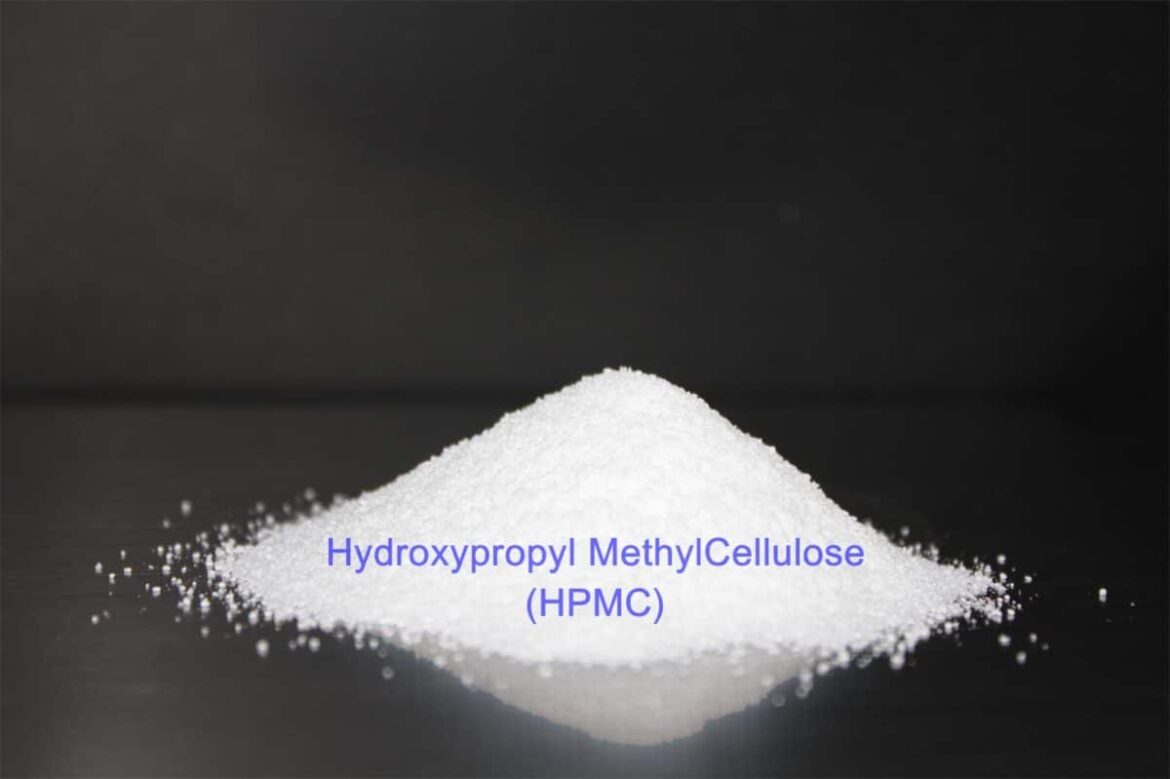769
Methyl cellulose is often used in meat substitutes. As it is an additive, the question arises as to whether it is harmful
Methylcellulose: Harmful to health?
Methylcellulose is a chemical compound made from cellulose. The additive with the E number E461 is used as a thickener, stabilizer and emulsifier in foods, medicines, cosmetic products, cleaning agents and in industry.
- Methylcellulose contains no calories and no nutrients such as fats, proteins or carbohydrates. It is therefore used in diet products. As the additive contains no animal ingredients, it is also suitable for the manufacture of vegetarian and vegan products.
- The European Food Safety Authority (EFSA) is responsible for testing additives. Methylcellulose is approved as an additive and is considered to be harmless to health in the usual quantities contained in food. A maximum quantity is not prescribed for foodstuffs.
- When methyl cellulose is ingested, it passes through the digestive tract largely unchanged, as the human body cannot digest the additive. Due to its ability to bind water and swell, it forms a gel-like substance in the intestine, which increases the volume of the intestinal contents. This can help to stimulate the bowels and facilitate bowel movements. However, if you consume more than 6 grams, the additive can have a laxative effect.
- Medicine makes use of this effect and uses methylcellulose as a swelling agent. The additive is contained in medical products for the intestines, which can be used to treat constipation or other digestive problems.
- Nutritionist Dr. Matthias Riedl is critical of artificial emulsifiers such as methyl cellulose in highly processed foods, as they can damage the intestinal flora, and advises against their consumption. The Hamburg Consumer Advice Centre considers sweeteners, colorants and flavor enhancers to be more questionable than methyl cellulose.
- If you mainly eat natural and minimally processed foods and only occasionally include highly processed convenience products with additives such as methylcellulose in your diet, this should not be harmful to your health.
How you can use methylcellulose in the kitchen
If you want to experiment with textures in the kitchen, you can try methyl cellulose. The additive is also suitable for molecular cuisine.
- Thickening sauces and soups: You can use methyl cellulose to thicken sauces and soups and give them a smooth, creamy consistency. Simply add a small amount of methyl cellulose to a warm liquid and stir well until it has completely dissolved
- Substitute for gelatine: For vegetarian or vegan recipes that normally contain gelatine, you can use methyl cellulose as an alternative. Jellies, puddings and other desserts will have a similar texture to gelatine.
- Freezing liquids: With the help of methyl cellulose, you can freeze liquids such as oil or sauces and keep them in shape. This creates frozen balls or other decorative elements for dishes.
- Use in baked goods: In some baking recipes, methyl cellulose can be used to increase moisture and improve the texture of baked goods such as breads, cakes and muffins.
- Molecular cuisine: Methyl cellulose can also be used in molecular cuisine, for example to transform liquids into spheres (hollow spheres). By combining methyl cellulose with liquid and dropping it into a calcium bath, small gel spheres with a liquid filling, known as caviar pearls, are created

